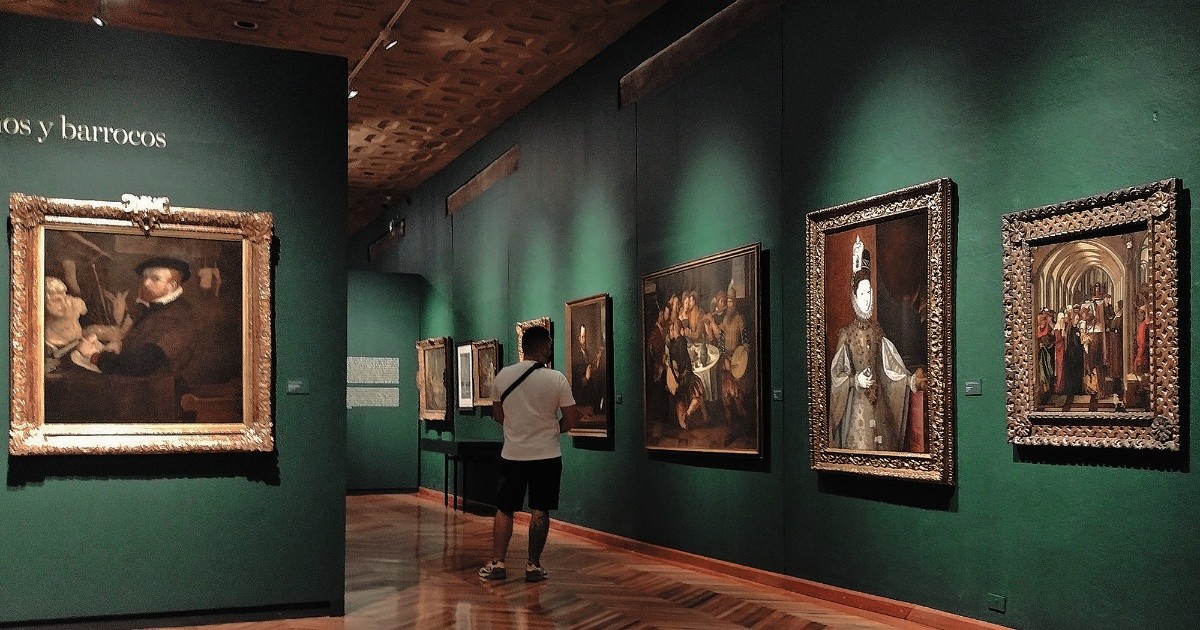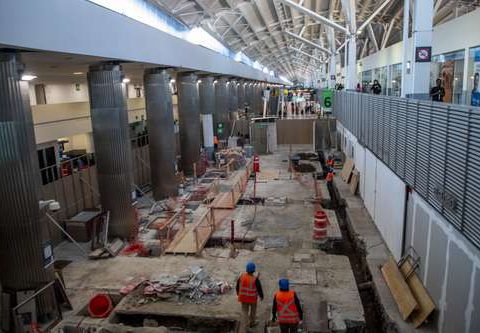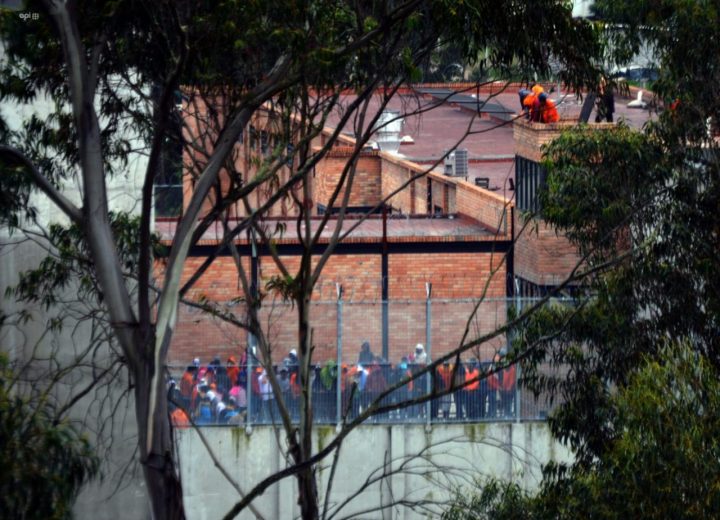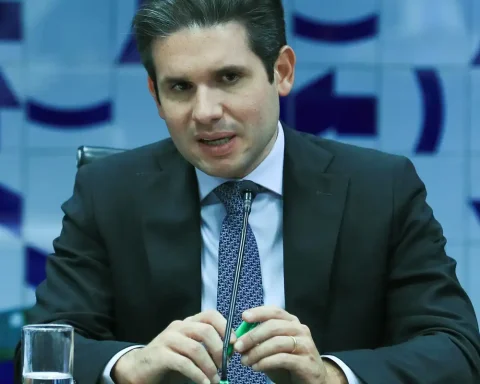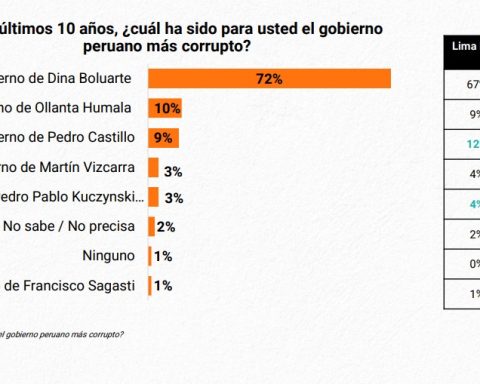There was no space where painting could be appreciated and the importance of each work could be measured. Now we have prepared this new exhibition so that the works can be appraised for their great plastic and iconographic qualities. In Mexico there are few collections of European art. I would highlight the National Museum of San Carlos, the Soumaya Museum and the Franz Mayer”.
Abraham Villavicencio, head of research and curatorship at the Franz Mayer Museum
In Mexico there are few, and well-identified, collections of pictorial art with historical and aesthetic criteria as defined as those of the Franz Mayer Museum’s collection of collections, which the patron of German origin Franz Mayer Traumann began to consolidate in 1935. and which today is made up of more than 800 European, viceregal and Mexican paintings that range from the fifteenth century to the beginning of the twentieth century.
Starting this Tuesday, the venue in the center of Mexico City will allow the public to take a new look at its collection with the opening of a new room under the name “Painting and engraving. From the Middle Ages to Modernism”, for which the pieces under its protection will be rotated. The first exhibition, which is already available from this Tuesday, is made up of 36 paintings and 17 engravings, an old book and two affidavits of nobility, that is, documents issued by the monarchy to recognize noble titles.
Pictorial wonders gathered
From this first sample of masterpieces, explains the art historian Abraham Villavicencio, head of Research and Curatorship of the museum, the oldest work in possession stands out, the oil on panel “San Hipólito blessing his family upon return from the funeral of San Lorenzo ” (ca. 1419-1424), by the Spanish painter Luis Borrassá. “It belonged to an Aragonese altarpiece and from it we can appreciate the characteristics that distinguish painting from the end of the 14th century, with superimposed planes, the human scale to mark hierarchies between the characters and the taste for gold”, explains Villavicencio.
Likewise, it is worth highlighting an impression of the first engraving on copper sheet made in New Spain by the Flemish engraver Samuel Stradanus, dated between 1613 and 1615, –“The Virgin of Guadalupe, surrounded by her miracles”–, which, to say of the curator, “it is a very important piece in the historical studies on the origins of the Guadalupan cult”, because the piece has allowed to propose the hypothesis that the work was venerated in Tepeyac with special devotion and miracles were attributed to it, and that could contribute to the Guadalupan cult, which spread towards the middle of the 17th century.
There is also a self-portrait painted around the middle of the 16th century by the Italian Lorenzo Lotto, dressed in a black suit while being surrounded by sculptures that evoke the Roman world; the same as the New Spain boards made with shells that depict historical passages such as the Conquest and a historical representation of the Virgin of Guadalupe, without forgetting two mosaics of feather art, one representing a Virgin of Sorrows and a version of the rosary with Saint Francis and Santo Domingo.
Not to mention the engravings of Albrecht Dürer, one of the artists Franz Mayer most admired and one of those with the largest number of works in the collection. Of these stands out “Nemesis (The Great Fortune)” from 1501-1502, a piece that the German made after his first trip to the Italian peninsula.
The list of treasures that are now on display in this new room at the Franz Mayer never ceases to amaze. The etching “Christ in front of Pilate” (ca. 1630-1636), made by the Dutch Rembrandt, boasts “an admirable plastic quality, from the precision and finesse with which the artist worked”.
Works by Miguel Cabrera, Julio Ruelas, Pietro Gualdi, Pelegrín Clavé, Diego Rivera, Ignacio Zuloaga and Joaquín Sorolla come to complement the first round of this window into the Franz Mayer treasure.
facilitate the museum
“The pandemic gave many museums the push to provide attention to audiences in the electronic dimension, because during the months that there were closures, this was the only way to stay in contact with people. During this framework of virtual exhibitions, there was important research and some of those results have been poured into this permanent exhibition,” says Villavicencio.
It also shares that the Franz Mayer has collaborated with Google Arts & Culture for the high-resolution digitization of 10 masterpieces from the collection. “We are also developing more content that dresses the show. We are preparing a video that will be presented after the opening to talk about the different ways of seeing painting through these themes that previously seemed so distant, because they were still artistic languages or those of other times. This video will allow us to ask questions about the painting so that when the public can appreciate the works, they have new references: when a painting speaks of festivals and secular celebrations, when its purpose is to make a historical commemoration and what social rituals do they tell us the portraits or where the colors come from”, concludes the curator.
